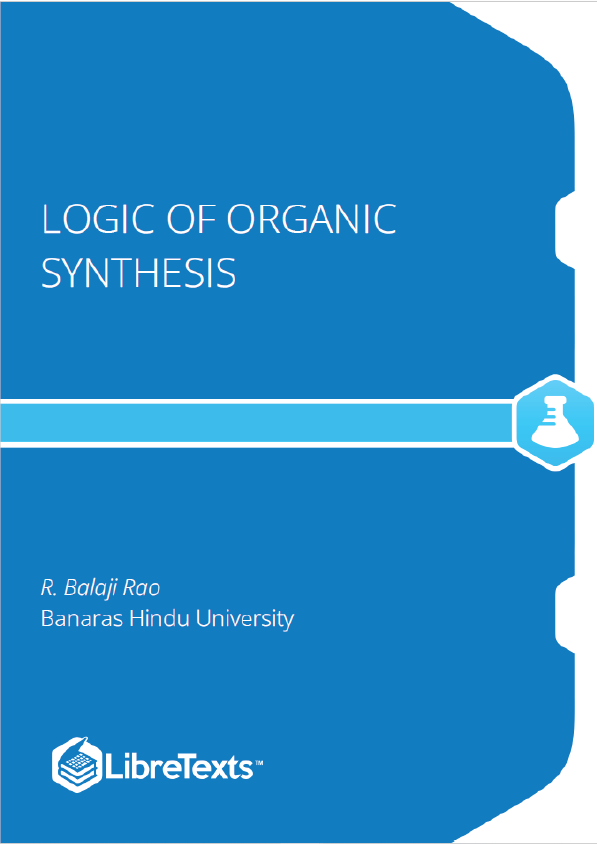1: Synthesis of Organic Molecules
Wöhler synthesis of Urea in 1828 heralded the birth of modern chemistry. The Art of synthesis is as old as Organic chemistry itself. Natural product chemistry is firmly rooted in the science of degrading a molecule to known smaller molecules using known chemical reactions and conforming the assigned structure by chemical synthesis from small, well known molecules using well established synthetic chemistry techniques. Once this art of synthesizing a molecule was mastered, chemists attempted to modify bioactive molecules in an attempt to develop new drugs and also to unravel the mystery of biomolecular interactions. Until the middle of the 20th Century, organic chemists approached the task of synthesis of molecules as independent tailor made projects, guided mainly by chemical intuition and a sound knowledge of chemical reactions. During this period, a strong foundation was laid for the development of mechanistic principles of organic reactions, new reactions and reagents. More than a century of such intensive studies on the chemistry of carbohydrates, alkaloids, terpenes and steroids laid the foundation for the development of logical approaches for the synthesis of molecules.
The job of a synthetic chemist is akin to that of an architect (or civil engineer). While the architect could actually see the building he is constructing, a molecular architect called Chemist is handicapped by the fact that the molecule he is synthesizing is too small to be seen even through the most powerful microscope developed to date. With such a limitation, how does he ‘see’ the developing structure? For this purpose, a chemist makes use of spectroscopic tools. How does he cut, tailor and glue the components on a molecule that he cannot see? For this purpose chemists have developed molecular level tools called Reagents and Reactions. How does he clean the debris and produce pure molecules? This feat is achieved by crystallization, distillation and extensive use of Chromatography techniques. A mastery over several such techniques enables the molecular architect (popularly known as organic chemist) to achieve the challenging task of synthesizing the mirade molecular structures encountered in Natural Products Chemistry, Drug Chemistry and modern Molecular Materials. In this task, he is further guided by several ‘thumb rules’ that chemists have evolved over the past two centuries. The discussions on the topics Name Reactions, Reagents for synthesis, Spectroscopy and Chromatography are beyond the scope of this write-up. Let us begin with a brief look at some of the important ‘Rules’ in organic chemistry that guide us in planning organic synthesis. We would then discuss Protection and Deprotection of some important functional groups. We could then move on to the Logic of planning Organic Synthesis.
2: Rules and Guidelines Governing Organic Synthesis
There are a few rules that provide guidelines for planning strategies in organic synthesis. These rules and guidelines have come from the keen observations of chemists after looking into several examples from their own research and other published work in the literature. These observations are to be treated as thumb-rules to be applied with caution. They may not be applicable for all situations. Nonetheless, they serve as guidelines to avoid pit-falls in planning. Since all these rules are governed by the underlying principles of mechanistic organic chemistry and stereochemistry, these basic mechanistic principles are the touchstones against which the conclusions reached are to be tested. Most of the rules that are useful in planning synthesis are collected here for convenience.











